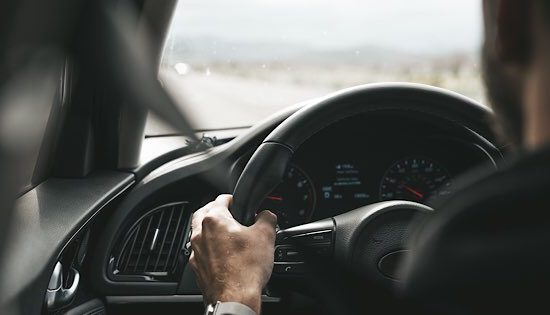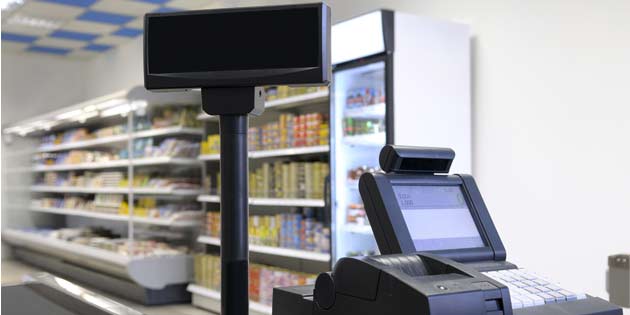As cars continue to rely less and less on humans to get from one point to another, certain agencies wish to see that reflected in the law. Though some feel driverless cars and similar autonomous vehicles need more restriction, there are also those that would say less restriction is, not only better, but also safer.
The National Highway Traffic Safety Administration is looking to remove laws that require manual controls in driverless cars. The reasoning behind this is that since human drivers are the main cause of accidents, removing restrictions on “technology that could help save lives [is vital]”.
Press Release:
NHTSA Issues First-Ever Proposal to Modernize Occupant Protection Safety Standards for Vehicles Without Manual Controls
March 17, 2020 | Washington, DC
Historic first step for the agency to remove unnecessary barriers to motor vehicles equipped with automated driving systems
The U.S. Department of Transportation’s National Highway Traffic Safety Administration today issued a proposal to modernize numerous Federal Motor Vehicle Safety Standards and clarify ambiguities in current occupant protection standards for vehicles equipped with automated driving systems that are designed without traditional manual controls.
“This proposal seeks public comment on the Department’s efforts to improve safety and update rules that no longer make sense such as requiring manual driving controls on autonomous vehicles,” said U.S. Secretary of Transportation Elaine L. Chao.
The notice of proposed rulemaking seeks to adapt safety requirements to vehicles with ADS that lack traditional manual controls by revising the requirements and test procedures to account for the removal of manually operated driving controls. For example, the NPRM proposes applying frontal passenger protection requirements to the traditional driver seating position when a steering wheel is not present, and clarifies the applicability of some occupant protection standards to vehicles with no occupant compartment, such as occupant-less delivery vehicles.
“With more than 90 percent of serious crashes caused by driver error, it’s vital that we remove unnecessary barriers to technology that could help save lives,” said Acting Administrator James Owens. “We do not want regulations enacted long before the development of automated technologies to present an unintended and unnecessary barrier against innovation and improved highway safety.”
The proposal would not change existing occupant protection requirements for traditional vehicles with manual controls.
NHTSA’s proposal is an historic first step for the Department in its efforts to remove unnecessary and unintended barriers to innovative vehicle designs. This proposal is one of a series of regulatory actions that NHTSA is considering to further modernize vehicle standards for new technologies.
NHTSA seeks comment from the public on all aspects of this proposal.
Contact:
NHTSA Media









